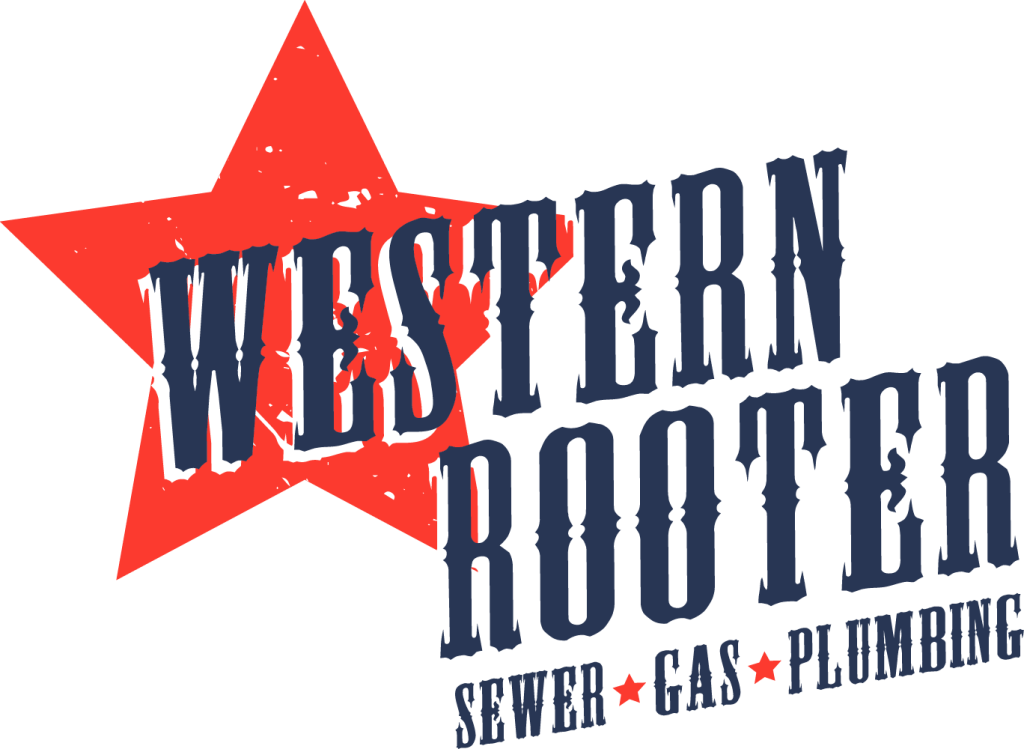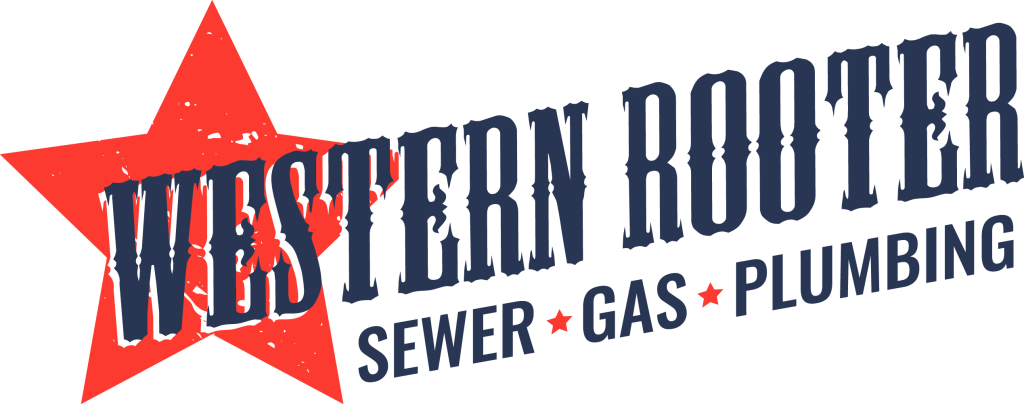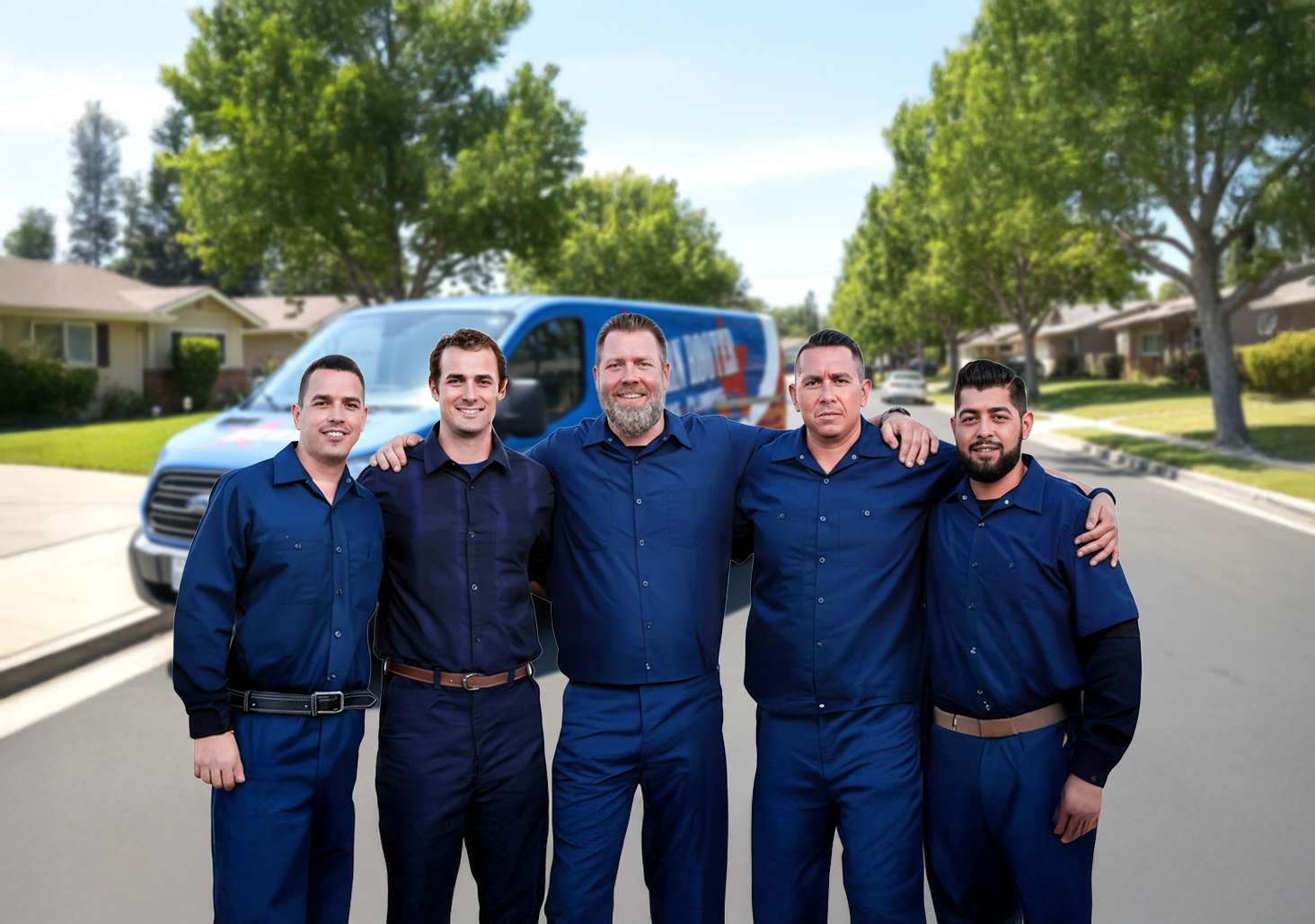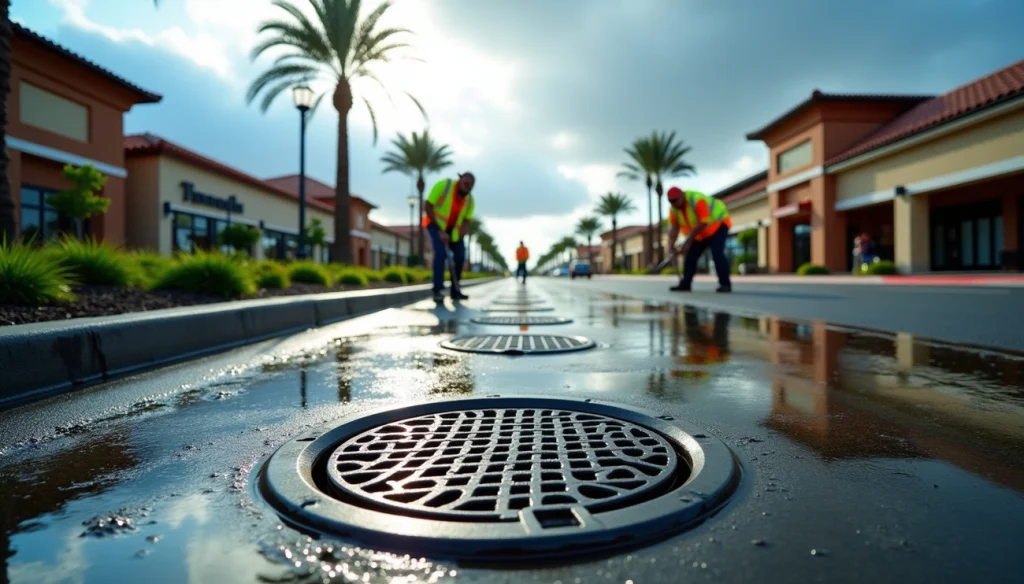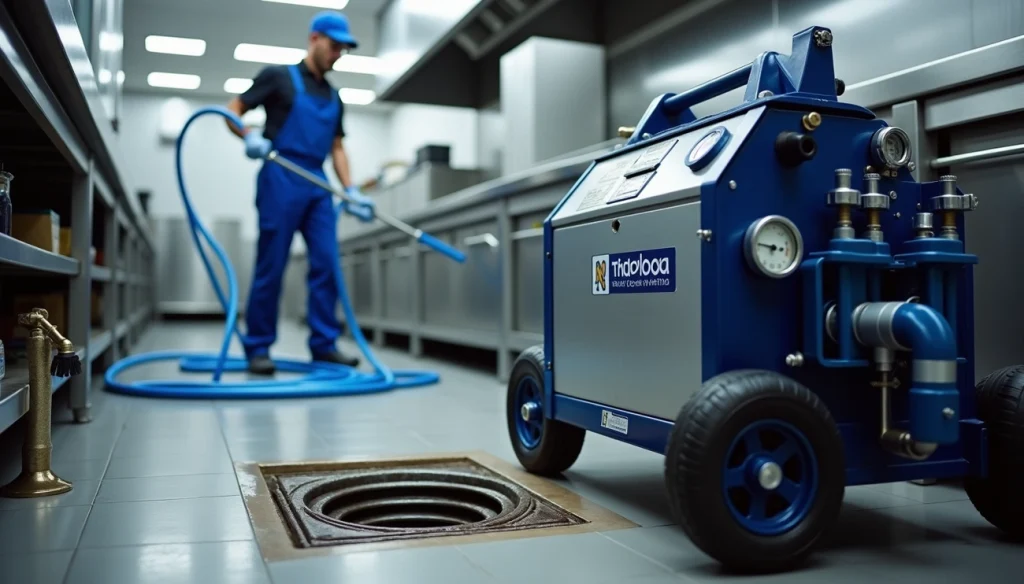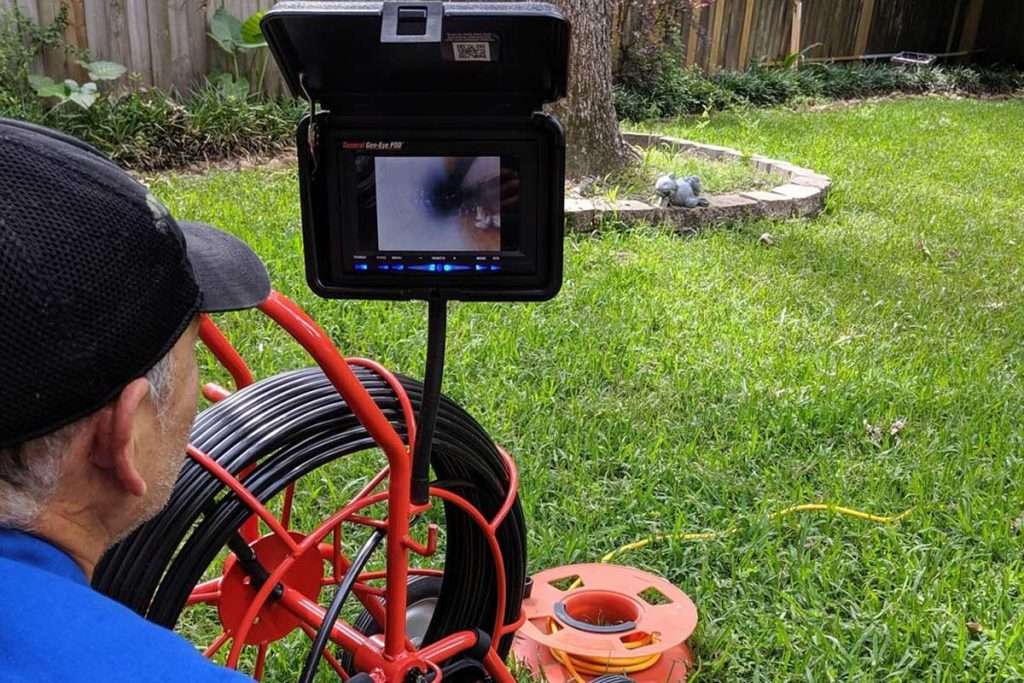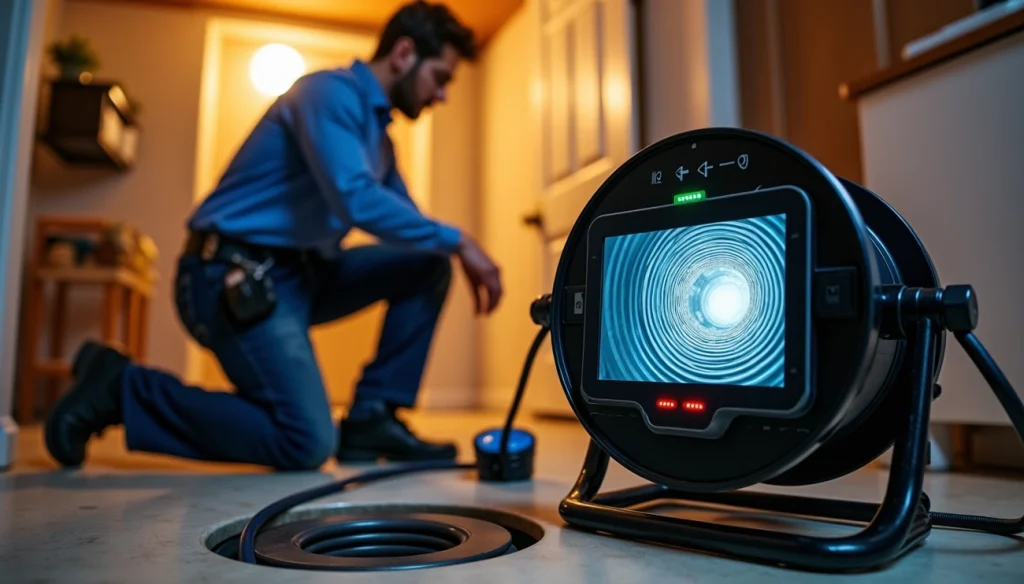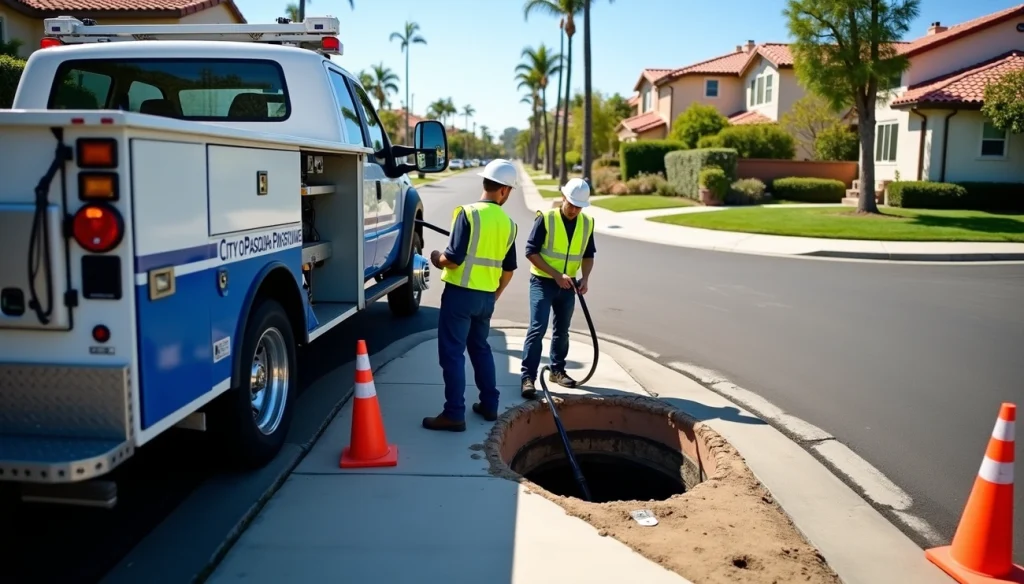Most sewer lines serve homeowners for 50 to 100 years before they need replacement. The hidden pipes that carry waste from your property have a surprisingly long lifespan. Their durability depends on the construction material.
Cast iron pipes can serve you reliably for 75 to 100 years if you manage to keep them well-maintained. Clay pipes, which builders commonly used before the 1960s, typically last 50 to 60 years. PVC, today’s preferred construction material, can function effectively for 50 to 100 years or more. Your home’s pipes might need earlier replacement if they’re made of Orangeburg (used from the 1860s to the 1970s). These pipes can deteriorate after just 10 years under challenging conditions.
Your sewer line’s failure signs are impossible to overlook. Slow drains, frequent clogs, and raw sewage backing up into your home signal serious problems. You’ll need to make a crucial choice between repair and replacement. The replacement costs average $5,000, with prices ranging from $3,000 to $7,000. This significant investment requires careful consideration.
This piece explains everything about sewer line longevity. You’ll learn to spot warning signs and make informed decisions between repairs and complete replacement. The content also covers factors that affect replacement frequency and compares pipe lining options with full replacement solutions.
How Long Do Sewer Lines Last?
Your home’s underground waste system will last differently based on several factors. Knowing how long different sewer line materials typically last helps you plan maintenance and replacement schedules.
Typical lifespan by material type
Here’s how long different pipe materials usually last:
Cast Iron Pipes: These tough pipes can serve 75-100 years when maintained properly. The internal strength of 4-inch diameter cast iron pipes lets them handle pressures above 350 psi.
PVC Pipes: Modern polyvinyl chloride pipes last 50-100 years or longer. They resist corrosion and chemical damage really well, and experts believe they might serve beyond 100 years.
Clay Pipes: Traditional clay sewer lines serve 50-60 years, though they can work for over a century in perfect conditions. Builders used these pipes as standard in homes before 1980.
HDPE Pipes: High-density polyethylene pipes need minimal maintenance and last beyond 100 years. Their flexible nature and resistance to corrosion make them perfect for long-term use.
Concrete Pipes: These pipes serve 50-75 years and provide good durability but don’t last as long as other options.
Orangeburg Pipes: Wood pulp and pitch pipes have the shortest service life, lasting 30-50 years. Bad conditions can cause them to fail in just 10 years.
Factors that affect longevity
Your sewer line’s lifespan depends on several environmental and usage factors:
- Soil Conditions: Pipes deteriorate faster in corrosive soils. Soil movement during droughts, floods, or erosion can cause pipes to collapse early.
- Tree Root Intrusion: Tree roots searching for water pose the biggest threat to sewer lines. They break into pipes and cause serious damage.
- Installation Quality: Good installation with proper support and alignment prevents early failure.
- Usage Patterns: Your system faces extra pressure when people flush grease, hair, food, and non-flushable items down the drain.
- Material Quality: The pipe material’s durability determines how well it resists corrosion, wear, and environmental stress.
How long does a new sewer line last?
Today’s sewer line materials last much longer than older ones. New sewer lines installed now should last:
- PVC sewer lines serve properties for 100+ years with good installation and maintenance.
- HDPE pipes can serve multiple generations when installed correctly – often beyond 100 years.
- Composite pipes combine benefits from different materials and last over 100 years.
Modern materials have improved so much that a well-installed sewer line today could be the last one your property needs for a century. Regular maintenance remains important whatever material you choose.
Los Angeles and San Bernardino County homeowners can get professional inspections to check their sewer line’s condition and plan for future replacement. Western Rooter offers free estimates – reach out today!
Common Signs Your Sewer Line Is Failing
Your sewer line problems can cost thousands in repairs and create health hazards if you don’t catch the warning signs early. Let’s look at clear indicators that show your underground waste system needs professional help.
Frequent clogs and backups
Multiple drains backing up at once usually point to sewer line problems, unlike single fixture clogs. You should watch for these signs:
- Water backs up in your shower or tub when you flush a toilet
- Several fixtures clog repeatedly even after you clear them
- Your toilets overflow or bubble while using sinks or running the washing machine
- Sewage flows back into your home through drains
These ongoing backups signal a blockage or break in your main sewer line, not just a simple clog. Your family’s health could be at risk from exposure to harmful bacteria and pathogens.
Foul odors inside or outside
Bad smells often give you the first warning of sewer line failure. Sewer gas contains methane and hydrogen sulfide, which creates that distinctive rotten egg smell. This smell isn’t just unpleasant—it can be dangerous.
You should take immediate action if you smell sewage:
- Inside your home (basement areas and near plumbing need extra attention)
- Around water pools in your yard
- From several drains
This warning sign needs serious attention. Methane can catch fire easily, and breathing sewer gasses too long might cause headaches, dizziness, nausea, or even make you pass out.
Slow drains across multiple fixtures
A sewer line problem likely exists when several drains in your home empty slowly. While one slow drain might just need cleaning, drainage issues throughout your house suggest bigger problems.
Look out for these signs too:
- Drains make gurgling sounds as water flows
- Air bubbles appear in toilet water when sinks run
- Toilet water levels change unexpectedly
- Multiple fixtures drain slowly without visible clogs
Lush or soggy patches in the yard
Your lawn might show hidden sewer problems through unusual patterns. Leaking sewage works like fertilizer, creating extra green and fast-growing grass patches right above broken pipes.
Your yard might also show:
- Wet areas that stay damp even in dry weather
- Bad smells near green patches
- Sinkholes or sunken areas in your lawn
- Standing water that smells like sewage
These signs mean sewage leaks into your soil, which could contaminate groundwater and damage your property’s foundation.
Mold or water damage indoors
Hidden sewer leaks often appear as moisture problems inside your home. Broken sewer lines under your property let moisture seep into walls, floors, and ceilings.
Keep an eye out for:
- Unexplained mold or mildew, especially on lower walls
- Damp spots on ceilings or walls
- Water damage with no clear source
- Musty smells in specific areas
Sewer line leaks can cause mold growth that creates serious health risks, particularly for people with breathing problems.
Don’t wait to call professionals if you notice any of these warning signs together. Quick action can stop small problems from becoming major emergencies. Call Western Rooter today for your free estimate!
What Causes Sewer Line Damage?
Your sewer system faces multiple destructive forces that damage its integrity as time passes. Learning about these common problems helps you take preventive steps to extend your underground waste system’s life.
Tree root intrusion
Trees naturally look for water sources, and your water-rich sewer pipes make perfect targets. These stubborn invaders can damage your pipes in several ways:
Roots find their way through tiny cracks or joints in your sewer line. They grow and expand inside, which blocks or breaks pipes completely. This problem gets worse during droughts as roots search harder for water.
Older sewer systems made of clay or cast iron face more root problems because roots penetrate them easily. Root intrusion causes more than 50% of all sewer blockages, which makes it one of the most common and expensive types of damage.
Corrosion and material decay
Pipe materials break down at different rates:
- Cast iron and galvanized steel pipes rust and corrode easily, which creates leaks and cracks
- Chemical drain cleaners speed up pipe corrosion by eating away materials inside the pipeline
- Soil acidity affects pipe corrosion rates
- Hard water minerals build up, restrict flow, and create weak spots
American water and sewer utilities spend about $80 billion each year on corrosion damage. Clay pipes become brittle as they age, and even modern PVC pipes can break down from chemical exposure.
Shifting soil or ground movement
Underground pipes need stable soil support, but the ground under your property keeps moving:
Soil expands and contracts as moisture levels change, which puts huge pressure on sewer lines. Rain, drought, floods, and erosion can move soil and damage pipes.
Ground movement can bend, sag, or break pipes. These changes create slopes that point the wrong way and waste builds up in low spots. Properties with loose or unstable soil face higher risks.
Poor installation or outdated materials
Many sewer problems start before the system handles its first waste:
Wrong pipe slopes stop proper drainage, and backed-up wastewater creates pressure that cracks pipes. Bad support or poor installation work leads to early system failure.
Old materials create extra problems – Orangeburg pipes (made from wood pulp and pitch) break down fast, and clay pipes with concrete joints fail as concrete deteriorates. These older materials can’t match modern PVC or HDPE pipes’ strength, even with perfect installation.
Los Angeles and San Bernardino County homeowners should get professional inspections to find potential issues before they become emergencies. Contact Western Rooter today to get a free estimate!
Repair vs. Replace: How to Decide
You face a tough choice when your sewer line acts up: fix what’s broken or start fresh with a new one? This decision will hit both your wallet now and your property’s upkeep down the road.
When to replace sewer line vs. repair
Here’s what should shape your choice between fixing and replacing:
Age of your system is a vital factor. Sewer lines over 40-50 years old usually need full replacement to save money in the long run. Old pipes break down in many places, and repairs start to get pricey.
Recurring problems point to bigger issues. If plumbers keep coming back to fix the same line, repair costs add up fast and soon cost more than replacement. A new line gives you a clean slate.
Cost considerations swing quite a bit. Sewer line repairs start at $650 and can reach $7,500 for 30 feet of pipeline, averaging $4,000. New installations run between $3,000 and $7,000, but complex jobs can cost more than $10,000.
Severity and location of damage
The damage’s size and spot really matter when you decide:
Minor issues such as small cracks, leaks, or single blockages usually work well with repairs. These isolated problems don’t mean your whole system is failing.
Severe damage like collapsed lines, heavy corrosion, or multiple cracks means you need a new line. Repairs just buy time in these cases.
Location matters a lot. Damage under your house’s foundation often makes replacement smarter than repairs. Pipes near big trees might need both replacement and a new route to stop roots from causing trouble.
How often do sewer lines need to be replaced?
Materials and environment determine replacement timing:
PVC pipes can last over 100 years with good care. A new PVC line might serve several generations of homeowners.
Cast iron pipes last 50-75 years in homes. Soil type and how much you use them can make them wear out faster.
Clay and Orangeburg pipes should work for 50-60 years, but homes built before 1970 with these materials need new lines now.
Pipe lining vs replacement: pros and cons
New tech gives us options beyond digging:
Pipe lining creates a new pipe inside your old one with epoxy resin. This method saves your yard and costs less than full replacement. These liners work great for 50+ years.
Traditional replacement means digging but fixes everything. It costs more and disrupts more at first, but you get brand new pipes.
Environmental impact changes with each method. Trenchless repairs keep soil in place, save plants, and leave a smaller environmental mark.
Los Angeles and San Bernardino County homeowners should get professional eyes on their sewer problems. Western Rooter offers free estimates to help you decide!
Cost, Time, and What to Expect
Your sewer line replacement is one of the most important financial investments you’ll make for your home. The costs and timeline depend on several factors. You need this information to budget properly and keep property disruption minimal.
Average cost of replacement per foot
A sewer line replacement costs between $50 and $250 per linear foot. You’ll pay $2,000 to $10,000 total for an average 40-foot line. A shorter 10-foot replacement costs about $500 to $2,500.
Your choice of material plays a big role in the final price. PVC pipes are budget-friendly at $80 to $400 per 50 linear feet. Cast iron pipes cost more at $1,200 to $3,700 for the same length, but they last much longer.
Trenchless vs traditional methods
Traditional trenching methods cost $50 to $200 per linear foot and need extensive digging. Trenchless methods cost $60 to $250 per linear foot but keep your landscape intact.
Trenchless techniques create a new pipe inside the old one with minimal digging. The pipe bursting or lining process works well. Traditional methods need trenches dug along the entire pipe length. This can damage your yard, driveway, and landscape features.
Permits, inspections, and cleanup
You’ll need permits for sewer work in most areas. These cost $30 to $500. A camera inspection helps contractors spot problems and plan better. This costs between $125 and $500.
The cleanup phase costs $200 to $500 to remove old materials. Restoring your landscape costs $4.50 to $12 per square foot. More detailed landscaping might cost $3,500 to $14,000.
How long does sewer line replacement take?
A typical sewer line replacement takes 1 to 3 days without complications. Trenchless methods finish faster in 1-2 days. Traditional excavation needs 2-3 days.
The timeline changes based on your pipe’s depth, length, ground conditions, and access. Bad weather, utility conflicts, or permit delays can extend the project.
Contact Western Rooter today for a free estimate!
Conclusion
Conclusion: Making Informed Decisions About Your Sewer Line
Your sewer line plays a vital role in your home’s infrastructure, yet many homeowners overlook it. Modern PVC pipes can last a century, while outdated Orangeburg pipes have a much shorter lifespan. You should watch for warning signs of problems such as multiple slow drains, foul odors, and wet patches in your yard.
Knowing what damages sewer lines helps you prevent problems effectively. Tree roots cause more than 50% of all sewer blockages. Soil movement and corrosion slowly break down even the strongest materials. Regular maintenance and quick response to early warning signs can substantially extend your system’s life.
Several factors determine whether you should repair or replace your sewer line. The age of your system, damage severity, location, and long-term costs all matter. Quick fixes might get pricey over time, especially with older systems that are close to their end of life.
Your specific situation affects the overall cost. Replacement typically runs between $3,000 and $10,000 for most homes – that’s a big investment. All the same, newer trenchless methods are less destructive than traditional digging. These techniques protect your landscaping and provide reliable service for decades.
It’s worth mentioning that quick action on sewer problems prevents expensive property damage. Ignored sewer failures often lead to water damage, mold, and foundation issues. The cost of waiting usually exceeds what you’d pay to fix or replace the line right away.
Homeowners in Los Angeles and San Bernardino Counties need a full picture of their sewer line’s condition. Expert evaluation helps you decide between repair and replacement based on your situation and budget. Western Rooter offers free estimates – reach out today!
